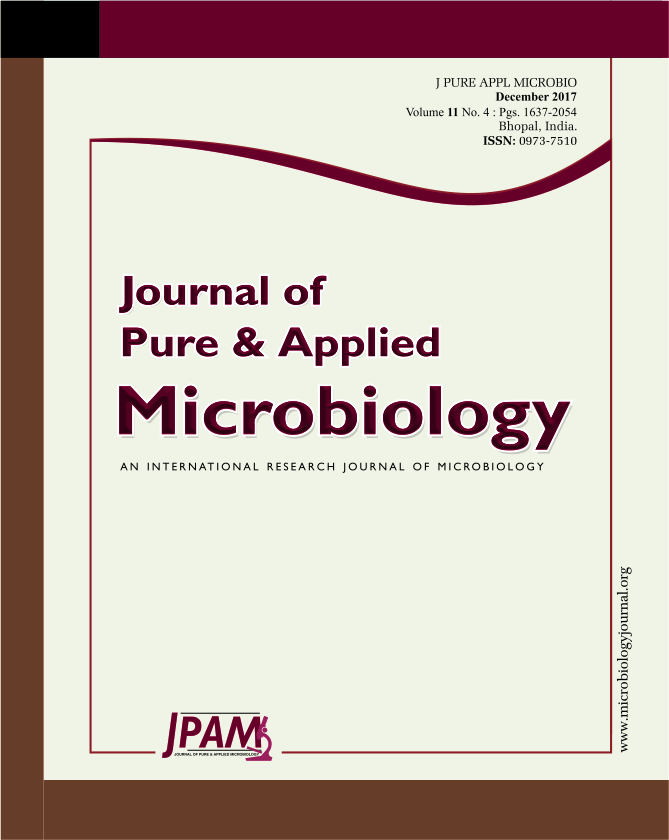The exploitation of macroalgal biomass, as a source of antibacterial drugs, would result into the valuable transformation of waste into an economic resource. Ethanol and water extracts or polysaccharides, from nine DNA-barcoded macroalgae (2 Chlorophyta, 5 Ochrophyta and 2 Rhodophyta) collected from Italian coastal environments, were screened for antibacterial activity against ten bacterial pathogens with relevance for aquaculture and human health. All extracts have not cytotoxic effects on molluscan digestive gland cells and mammalian red blood cells. As resulted by agar diffusion assays, water extracts showed broader and higher inhibitory activity than ethanol extracts against the tested pathogens. Polysaccharides from Fucus virsoides (Ochrophyta) possessed the strongest inhibitory activity against Aeromonas salmonicida subsp. salmonicida and Photobacterium damselae subsp. damselae, an emergent pathogen for humans. Polysaccharides from Undaria pinnatifida (Ochrophyta) were the most active against V. harveyi, the major pathogen responsible for diseases in aquaculture, and also against a multiresistant, clinical strain of Pseudomonas aeruginosa. Our results suggest that these polysaccharides could represent a novel source of compounds active against bacterial pathogens relevant for eco-sustainable aquaculture and human health.
Algae; Antibacterial activity; Aquaculture; DNA barcoding; Fish pathogens; Algal polysaccharides.
© The Author(s) 2017. Open Access. This article is distributed under the terms of the Creative Commons Attribution 4.0 International License which permits unrestricted use, sharing, distribution, and reproduction in any medium, provided you give appropriate credit to the original author(s) and the source, provide a link to the Creative Commons license, and indicate if changes were made.


